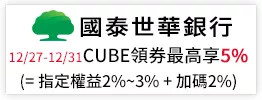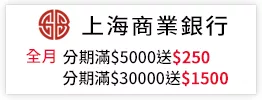“The treasures in the palace were the pearls of thousands of years of our culture. If one was lost, it was lost forever. If a country is lost, it can be rebuilt. If its culture is lost, there is no hope of rebuilding the country.” Na Chi-liang, who worked in the Palace Museum from 1925 to 1974.
On October 10, 1925, the Palace Museum opened its doors in what had been the Forbidden City in the centre of Beijing. It exhibited the treasures and art works of the Imperial family; tens of thousands flocked to see them. It was a first in China’s history and a result of the advice of intellectuals of the time, who did not want to see the treasures fall into the hands of warlords or politicians.
Later, as if by a miracle, the Palace Museum lived through the most turbulent period of China’s modern history. During the war with Japan and the civil war the pieces were moved many times, over thousands of kilometres – but none was damaged or stolen. Nor were they destroyed by fire, damp or insects. Finally, a portion of them arrived safely in Taiwan. During the Cultural Revolution, fortunately, Premier Zhou En-lai ordered the closure of the museum, to prevent the pieces’ destruction by Red Guards. Today there are two Palace Museums, one in Beijing and the National Palace Museum in Taipei, which are continually adding to their collections and sending exhibitions abroad. This allows people all over the world to marvel at the beauty of Chinese art.
The Miraculous History of China’s Two Palace Museums describes this extraordinary and dramatic story of the 20th century. The author uses official materials from the two museums and interviewed their directors. It is a compelling story.



 天天爆殺
天天爆殺  今日66折
今日66折 



























 博客來
博客來 博客來
博客來 博客來
博客來 博客來
博客來 博客來
博客來